Amazing new science about the huge value and the direct immediate impact and the powerful long-term benefit that results from cuddling our children in the first weeks and months of life now shows us that our genetic programing actually changes in a positive way for children who are cuddled.
That is an amazing discovery. Epigenetics are now relevant and related to cuddling children.
We have known for several years that cuddling and comforting children in the first days, weeks, and months of life has an extremely beneficial impact on children.
That was new information just a couple of years ago and that information about the value and benefits of interactions with each child in the first months and years of life gave us extremely important new insights into what we needed to do to help all children get the right start.
Medical science used to be completely wrong about what actually happened in those first days, weeks, and months of life for each child —Old-school medical science basically said that the first months and even the first years had very little impact on major areas of brain strength and emotional development for each child.
That belief was dangerously wrong, and many children did not get interactions that would have had huge value to them because their parents and families were told wrong information about the developmental processes happening for each child in those time frames.
We now know that interactions with each child in those first days of life are wonderfully important and hugely beneficial to each child. We now know that those direct interactions in that time frame with each child create the framework for the future in several extremely important ways for every child.
The new science tells us that those interactions in those first weeks and months were even more important than we had thought — and we now also know that those interactions in that time frame actually have an epigenetic impact on each child.
Cuddling can change the genes for a child.
We now know from the work one by those brilliant researchers that an important part of our genetic programing kicks in immediately for each child, and we now know that cuddling can actually have a positive impact on each baby’s DNA.
This article, “Cuddling Can Leave Positive Epigenetic Traces on Your Baby’s DNA,” was published in an online DNA journal. There are several other pieces of research that reinforce that finding.
The new research on the impact of cuddling babies on the epigenetics of each child both supports and reinforces the wonderful research done in the last several years about the impact of interactions with babies in the first hundred days of life by Dr. Beatrice Beebe and her team of researchers on brain development at Columbia University.
The Harvard Center for the Developing Child also has great information about the impact of interactions with each child in those time frames.
This is important information. We need to do something about it.
The first weeks and months of life have great importance for each child — but we have failed fairly miserably in teaching that information and sharing that science and wisdom with every parent, and teaching it to our families, educators, and community leaders.
We do not need to teach actual epigenetics or technical levels of neuron connectivity science to all families and parents — but it would be criminal not to encourage every parent and every family to interact in active and loving ways with their children in the first weeks, months, and years of life, because the benefit of those interactions to each child is so immediate and so positive.
We need everyone to know that exercising the brain of each child in the first months and years of life by simply talking directly to the child builds billions of neuron connections with every conversation and strengthens every brain for life.
We need families, educators, and caregivers who have any relationship with very small children to be encouraged to help each child get the brain exercise and the direct interactions with loving adults that have that massive positive impact for each child in those time frames.
This attached article about the epigenetic impact gives us a new piece of extremely reinforcing and affirming information on that topic.
We now know that the impact of the right interactions with each child in those first days, weeks, and months goes beyond just behavioral and developmental value — it actually has positive epigenetic impact for the child that will benefit the child for life.
We need to do the right things for each and every child. That can be done.
The right things are not hard to understand and they are not hard to do.
Talking to a child strengthens the brain of each child and talking to a child can be done in a wide range of settings.
We need to talk, interact, respond, cuddle and then read to each child in those first years of life and children will be happier, healthier, and much more learning ready when they get to school.
The book Three Key Years explains the science and process.
The Institute for Intergroup Understanding kid website with that same name has easily accessible advice, coaching, and tips and tools in both English and Spanish for helping each child in those time frames.
The First Five Commission for Children and Families for the State of California website also has excellent information to help parents and families with those interactions.
Share these websites with anyone you know who has a young child or who might be planning to have one.
The California Catholic Conference newsletter explained clearly earlier this year why this work is so important.
The functional reality we all need to understand is that each brain develops on its own — and every brain for every child goes through the same time frames and processes and can benefit from those same interactions.
There are no differences in those time frames or processes between ethnic, racial, or even economic groups. The biological time frames and functional processes are the same for every group — and the opportunities are massive for each child from every group.
Children love having those interactions — and children who get them have an explosion of neuron connections that creates trajectories that have great benefit for each child.
Let’s give all kids the best start.
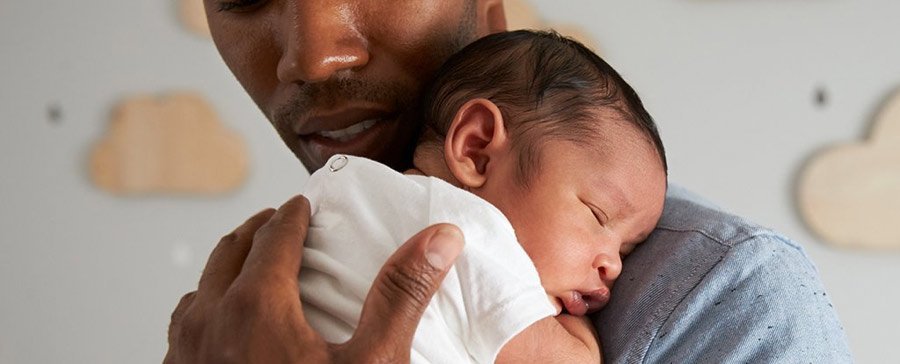
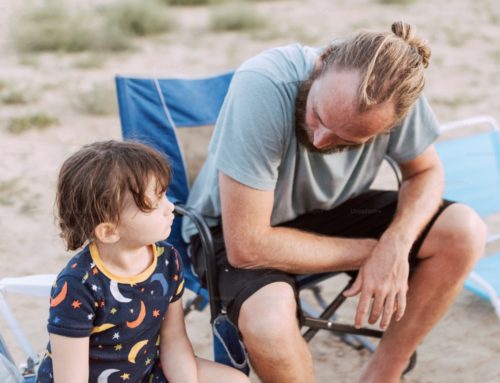

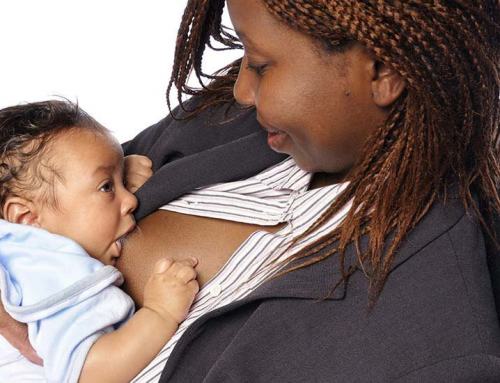

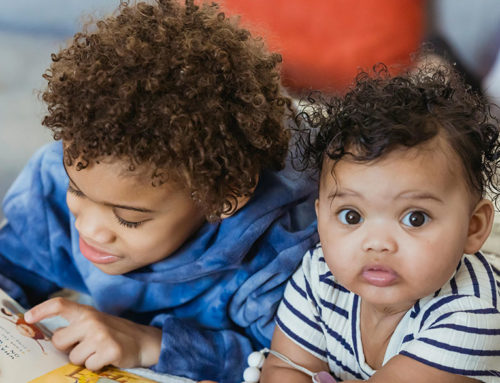
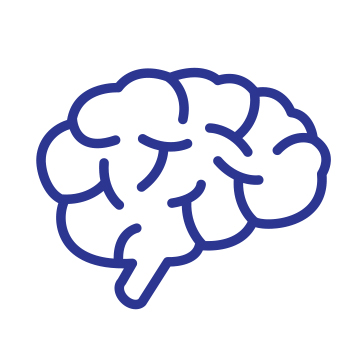

Leave A Comment
You must be logged in to post a comment.